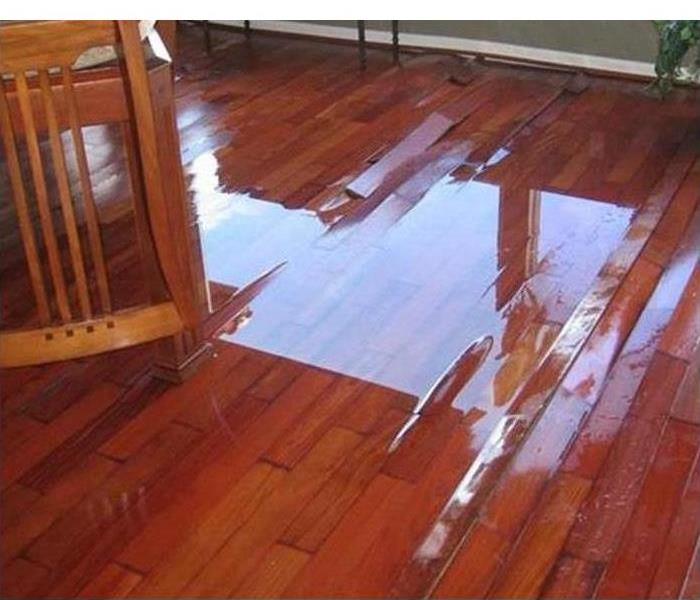The Categories of Water Damage
3/28/2022 (Permalink)
Categories of Water Damage
If your business in Pleasantville, NJ, has an issue with the plumbing such as a supply line problem or burst pipe, you may have many questions about how to keep your building and your employees safe, such as if this is clean water or black water. In these events, it's important to know what type of water damage you have in order to know how to properly begin your building's restoration.
The category of water damage depends on the severity of the water damage, including the level contamination of the water. Understanding what category of water damage you have is imperative to understanding how to get your building back to its original state as soon as possible.
Category 1
As the water damage categories range in severity, it starts with category one. This is the least severe of the three types. Category one is water that does not contain any contaminants. There are many ways to tell if you have category one water damage, including water damage from any of the following:
- Malfunctioning appliances
- An overflowing sink
- A broken toilet
- Melted ice or snow
Even with clean water damage, the clean-up process is still important to do promptly. Preventing any lasting water damage is imperative to preserving your building.
Category 2
Category two, or gray water, is water damage from water that is contaminated with chemicals or other material. There are many sources of category two water damage, such as water from a broken dishwasher or washing machine, a sprinkler malfunction or a toilet that is overflowing with urine. Gray water can also be a result of category one water from a broken pipe or other water issue, that has been left out too long.
Category 3
Category three, or black water, is the most severe form of water damage. Blackwater can contain bacteria and viruses and can come from sewage, rising seawater or floodwaters.
Knowing the three categories of water damage is important to the restoration process. It's important to know the difference between clean water, black water and gray water to prevent lasting damage.




 24/7 Emergency Service
24/7 Emergency Service
